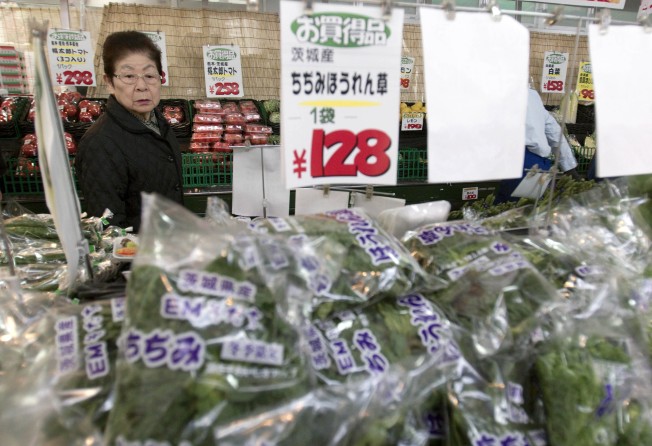China to discuss easing Japanese food import ban imposed after nuclear disaster, sources say
Beijing has proposed talks with Tokyo to discuss restrictions placed on food imports after the Fukushima nuclear disaster in 2011, according to diplomatic sources

China has proposed talks with Japan on whether to ease or lift an import ban on food from 10 Japanese prefectures imposed after the 2011 Fukushima nuclear disaster, diplomatic sources said.
The Chinese side offered to set up a working group to discuss the matter in response to a request by a Japanese lawmaker to relax import restrictions.
The development may be a sign that the governments of the two countries are looking for ways to mend ties as they mark this year the 40th anniversary of the signing of the treaty of peace and friendship between Japan and the People’s Republic of China.
Zhi Shuping, the head of China’s certification and quarantine administration, made the proposal on Friday when he met in Beijing with Toshihiro Nikai, secretary general of Japan’s ruling Liberal Democratic Party, the sources said.
A delegation of Japan’s ruling coalition led by Nikai earlier met President Xi Jinping and other senior Chinese officials.
While the two sides have not decided when to establish the working group, it shows a clear shift in Beijing’s stance on the issue, according to a Japan government source.
Over 50 countries and regions imposed import bans on some agricultural and fishery products from Japan after the Fukushima disaster. Nine countries and regions including China and South Korea still have import restrictions in place.
Even food shipped to China from prefectures not subject to the restriction is required to come with a certificate of origin.
A radiation inspection is also required for some products from outside the 10 affected prefectures, which are mostly in eastern and northeastern regions.